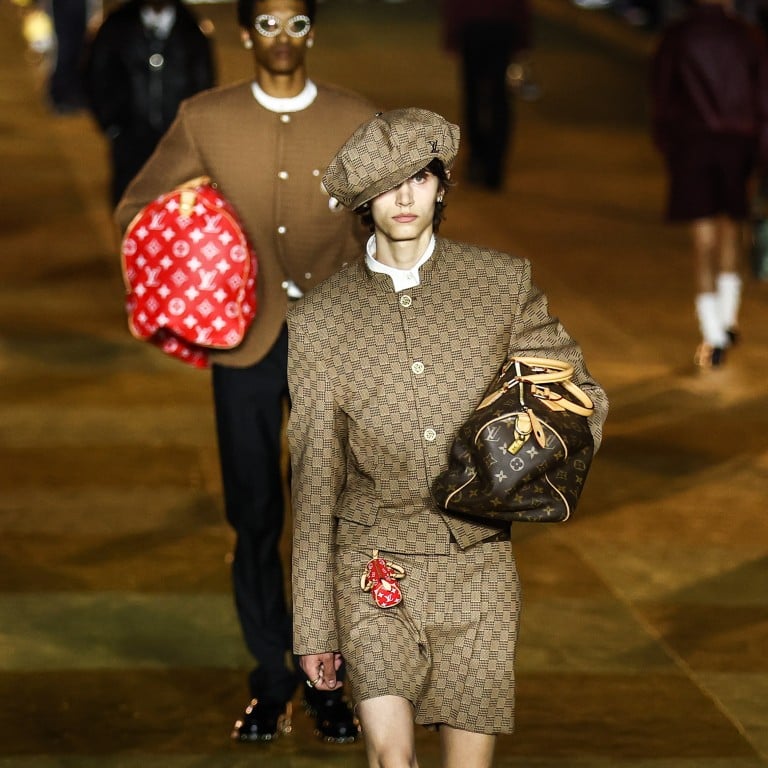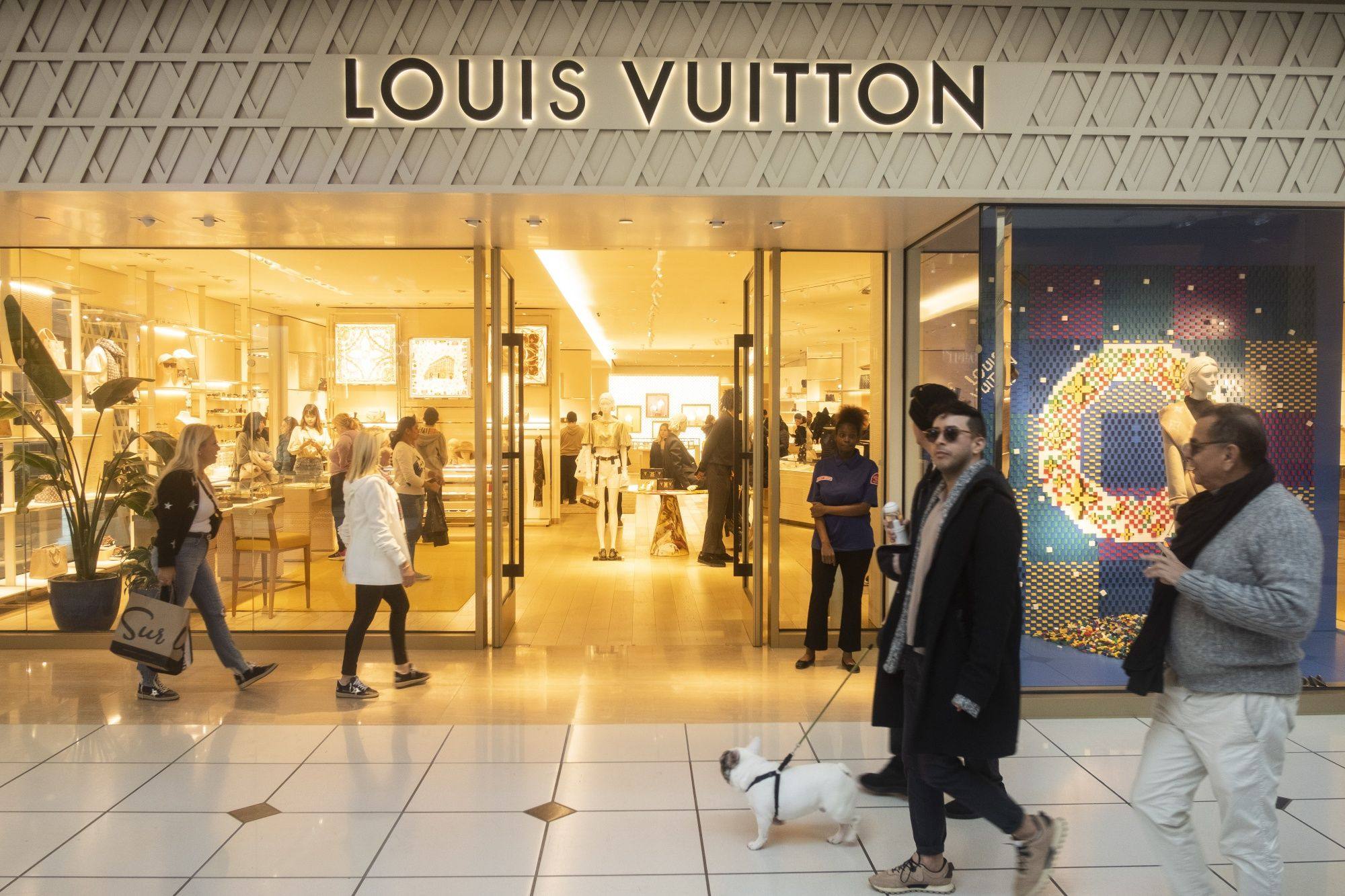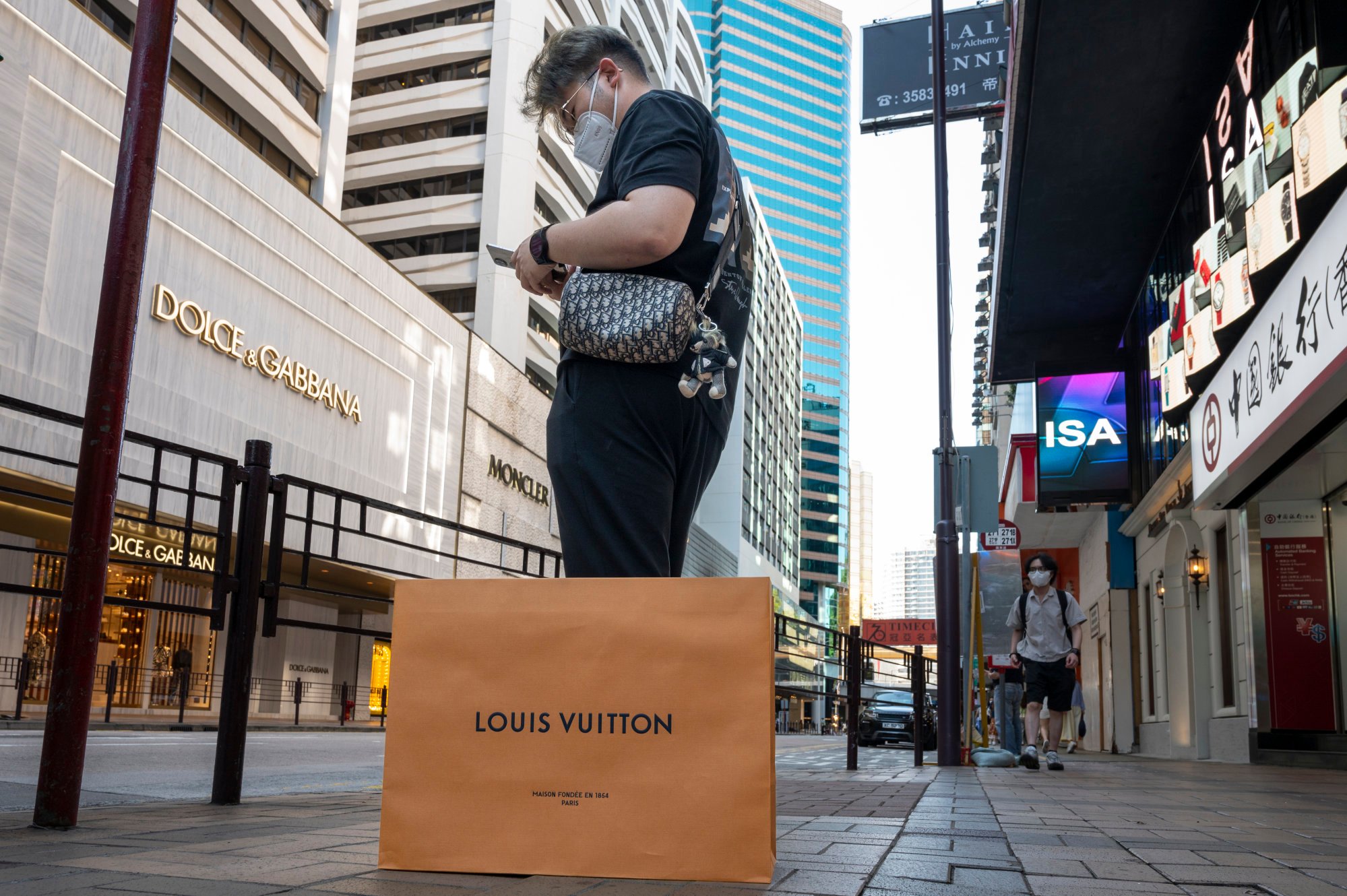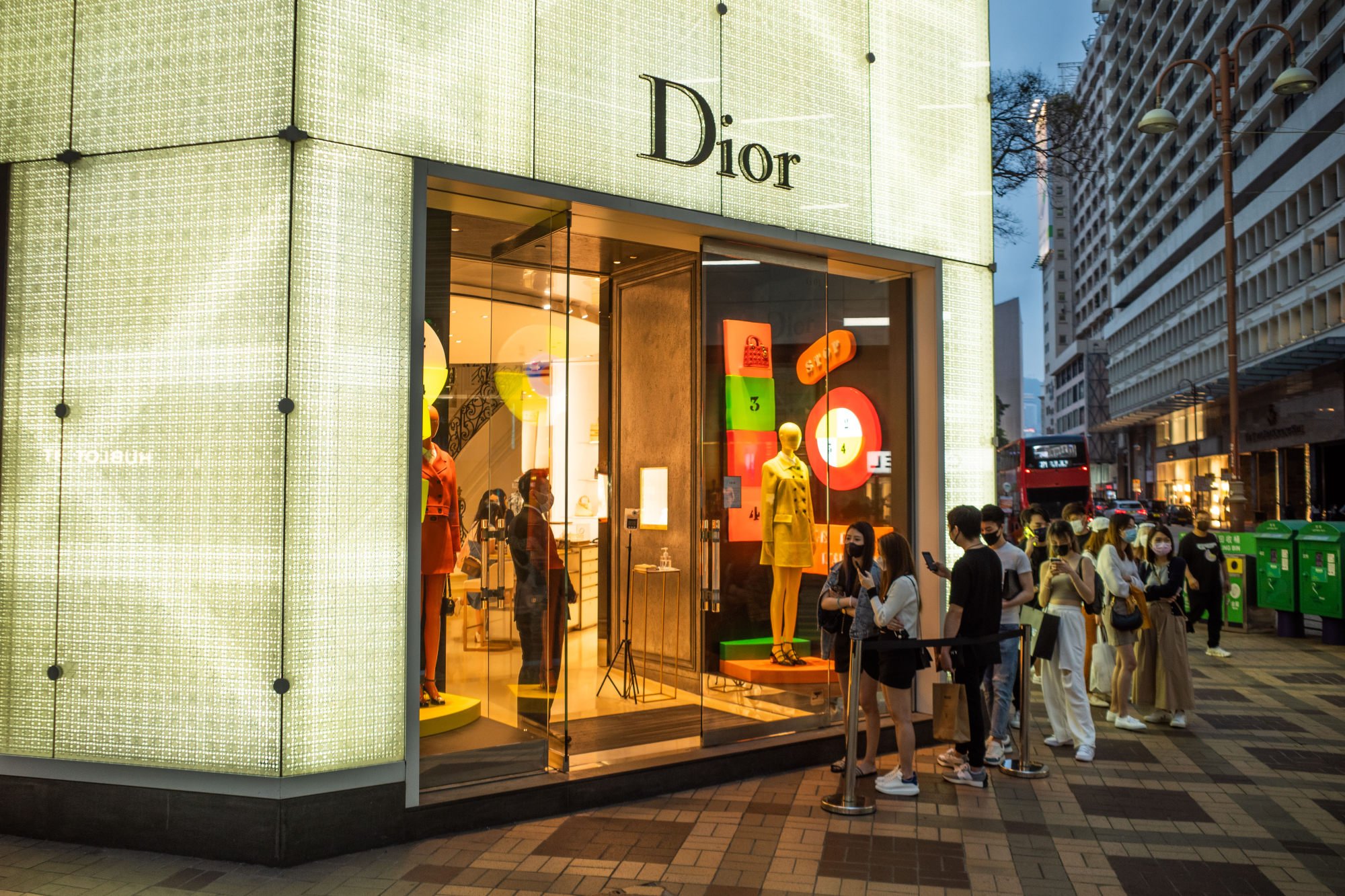How LVMH plans to reattract ‘aspirational’ luxury shoppers: the US consumer is thinking twice about spending amid high inflation – but don’t expect discounts from the fashion giant behind LV and Dior

LVMH needs sales from “aspirational” customers, but offering major discounts to keep them would spell trouble for the company.
Most retailers will do almost anything to encourage customers to come back and buy more products, especially when those shoppers begin to tighten their purse strings. Typical strategies include bigger ads, deeper discounts, cheaper merchandise and more, chasing after a shrinking pool of consumer spending.
But that’s not how French luxury conglomerate LVMH does business.

Flush with surplus cash, these middle-income shoppers splurged on handbags and perfumes, propelling LVMH to record profits last year.
Barbenheimer watches: which timepieces were worn in Barbie and Oppenheimer?

“The aspirational customer is suffering a bit,” LVMH CFO Jean-Jacques Guiony said on the company’s earnings call Tuesday, citing lower sales online and in “second-tier cities”.
While big-box stores are stepping up with markdowns to boost sales, that approach would spell disaster for a luxury brand, which needs to preserve an image of exclusivity and rarity.
“Extensive discounting to stimulate sales is never a good idea as while it can provide a short-term boost, it usually causes long-term damage to the brand which becomes more ubiquitous,” GlobalData retail analyst Neil Saunders said.

Saunders highlighted Coach and Michael Kors as brands who have spent several years now rebuilding their cache after wading too far into the mainstream.
Create a beauty timeline for a fairy-tale wedding – just like Sofia Richie
And desirability is rarely found in the bargain bin.
Still, even though chasing after “aspirational” customers would be bad for LVMH’s business, neither can the brand run away from them and into the arms of the ultra-wealthy.

“It’s a myth that a lot of the revenue stream comes from high earners,” retail industry expert and consultant Hitha Herzog said. “Their bread and butter are products at lower price points, like sunglasses, wallets and perfumes, that really target the aspirational customer.”
Falling US handbag sales can be offset by gains in Asia; fewer bottles of cognac can be compensated with more bottles of champagne.
So what’s a luxury house to do?

If the earnings call is any evidence, the answer is lots of advertising and a few blockbuster events to get the brands’ message out and burnish the image.
Why wealthy travellers are spending millions to charter yachts to Antarctica

“The cost of all these initiatives was obviously quite high,” Guiony said. “It’s quite extraordinary in my view and worth the investment.”
Not every luxury brand can pull this strategy off, but it appears LVMH certainly can.

- While most retailers would drop their prices to encourage customers to spend more cash, LVMH will continue to focus on ‘increasing the desirability of the brands’, said CFO Jean-Jacques Guiony
- The aspirational shopper is the key to revenue, not high net worth individuals – but even as Gen Z takes over, going too mainstream can backfire, as Coach and Michael Kors learned